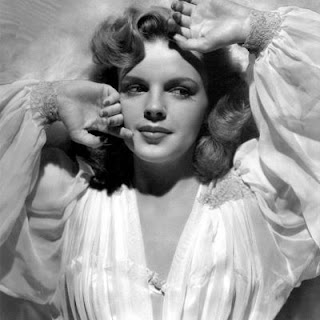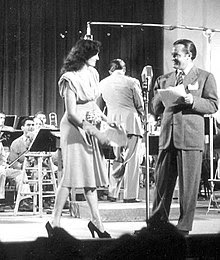Judy Garland is remembered by most as an Award Winning Actress and for starring roles in classic films like The Wizard of Oz and A Star is Born. But, she was also a very popular and influential vocalist during the Big Band Era singing with some of the biggest names of the time. She made many record-breaking concert appearances and released eight studio albums.
Judy Garland was born as Frances Ethel Gumm in 1922. Great name, huh? Surprised that it was changed as she got older. :) She began performing in vaudeville at a very young age. Her history as an actress is well documented. Her role as Dorothy Gale in the 1939 film "The Wizard of Oz" cemented her as a movie icon of the Golden Age of Movies.
Listen to a young Judy Garland sing "Stompin' at the Savoy" with Bob Crosby and His Orchestra from 1936
Garland, of course, had many musical soundtrack hits to her credit but also had many hits for Decca Records during the 1930's and 1940's. She later recorded for both the Columbia and Capitol labels as well. Judy made many recordings with orchestras led by Bob Crosby (at the young age of 13), Harry Sosnik, Victor Young, Bobby Sherwood and David Rose to name a few. Judy also shared the microphone in duets with such names as Gene Kelly, Bing Crosby, Johnny Mercer and the Merry Macs.
You can hear many Judy Garland songs right here on Swing City Radio.
Swing City Radio: Playing Your Big Band and Swing Music Favorites from the 1930's, 40's and Today! - Big Band Radio Station Broadcasting Online from King of Prussia, PA.












